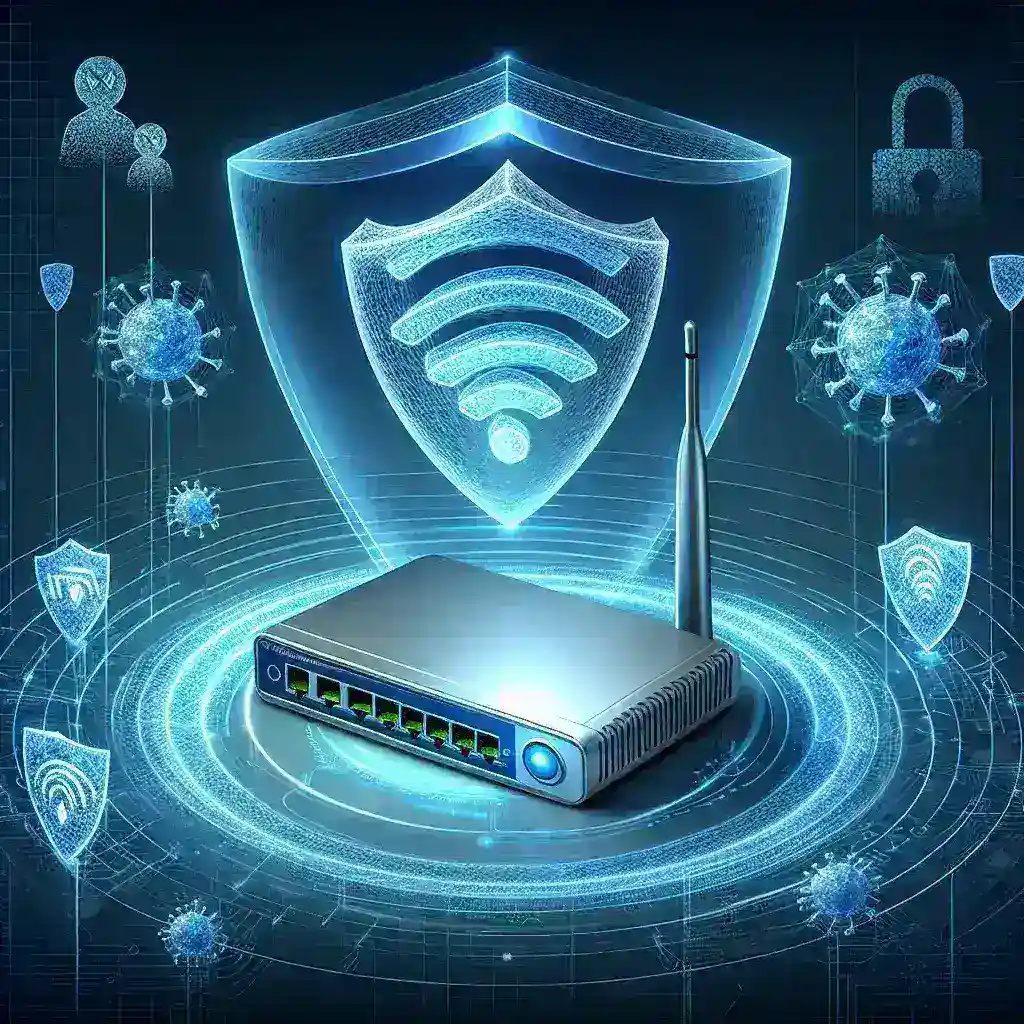Introduction
Securing your router is crucial in preventing unauthorized access to your network. Whether you are an individual or a business, taking proactive measures can safeguard your data from potential cyber-attacks. In this article, we will explore various strategies to secure your router effectively.
1. Change Default Login Credentials
One of the first steps to secure your router is to change the default login credentials. Default usernames and passwords are easily accessible online, making it easy for hackers to break into your network. Here’s a simple way to do it:
- Log in to your router’s admin panel.
- Navigate to the security settings.
- Change the username to something unique.
- Create a strong password combining letters, numbers, and special characters.
2. Update Router Firmware
Router manufacturers regularly release firmware updates to fix security vulnerabilities. Keeping your router’s firmware up to date ensures it has the latest security patches.
| Actions | Details |
|---|---|
| Check for updates | Go to the manufacturer’s website or the admin panel. |
| Download and install | Follow the instructions to update the firmware. |
3. Enable Network Encryption
Encryption is essential for keeping your data secure as it travels through your network. Make sure your router uses WPA3 or WPA2 encryption.
- Access the wireless security settings.
- Select WPA3 or WPA2 as the encryption type.
- Set a strong, unique password for your Wi-Fi network.
4. Disable Remote Management
Remote management allows you to access your router’s settings from a distant location, but it also opens a gateway for hackers. Disable this feature unless it is absolutely necessary.
- Log in to the router’s admin panel.
- Find the remote management settings.
- Disable the feature.
5. Use a Strong Wi-Fi Password
Your Wi-Fi password should be complex and not easily guessable. Avoid using common words or easily accessible personal information.
- Combine uppercase and lowercase letters, numbers, and special characters.
- Avoid common phrases and easy-to-guess information such as birth dates.
6. Disable WPS
Wi-Fi Protected Setup (WPS) is designed to simplify the connection process to a wireless network, but it can be a security loophole. Disabling WPS can enhance your router’s security.
- Log in to your router’s admin panel.
- Navigate to the WPS settings.
- Disable the feature.
7. Enable Firewall
Most routers come with a built-in firewall capable of filtering unwanted traffic. Ensure this feature is enabled to add an extra layer of security.
- Access the firewall settings in the admin panel.
- Enable the firewall option.
- Configure it according to your needs.
8. Monitor Connected Devices
Regularly monitoring the devices connected to your network can help you detect any unauthorized users. Most routers allow you to view a list of connected devices and their IP addresses.
- Log in to the admin panel.
- Go to the connected devices section.
- Review the list periodically and remove any unrecognized devices.
9. Set Up a Guest Network
If you often have visitors who need internet access, setting up a guest network can keep your primary network secure. A guest network provides access to the internet but restricts access to your main network and connected devices.
- Access the guest network settings.
- Create a new SSID (network name) for the guest network.
- Set a strong password and enable WPA3 or WPA2 encryption.
10. Limit Wireless Signal Range
Limiting your wireless signal range can prevent unauthorized access from outside your home or office. This can be done by adjusting the transmission power settings.
- Log in to the router’s admin panel.
- Navigate to the wireless settings.
- Reduce the transmission power to limit the signal range.
11. Enable MAC Address Filtering
MAC address filtering allows you to specify which devices can connect to your network. This adds another layer of security as only registered devices will be allowed access.
- Access the MAC address filtering settings.
- Enable the feature and input the MAC addresses of your devices.
- Save the settings.
Conclusion
Securing your router is a critical step in protecting your data from unauthorized access. By following these steps, you can safeguard your network and ensure a safer online experience.

